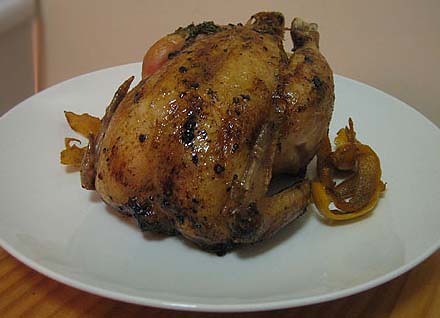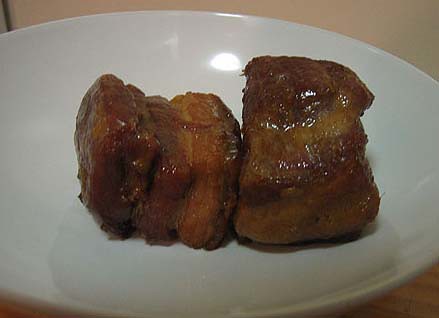Our cameras were packed for our trek back to Restanca. We were in a hurry, not only to finish our hike and get the T-shirt we’ve been working our aSses for the last seven days, but we also had to catch the last bus back to Barcelona at 1pm. When we woke up at Ventosa the next morning, it was snowing. We trudged in the snow on the lookout for trail markers. Most of them were already buried in white, but we persevered even though the Dr. was bleeding from the chafing of his wet pants to his knees.
At Restanca, we received our tenth and last stamp on our forfait. One of the staff members handed us our T-shirts without any fanfare. I didn’t even care that the only size available was an extra large. We got out of there with fire in our pants and hiked for another hour to catch the cab waiting at the foot of the mountain that took us to the bus station.
Video diary, day 7: Surviving the Catalan Pyrenees
Aboard the six-hour bus ride back to the city, the Dr. and I would occasionally look at each other in disbelief. What were we doing for seven days in the mountains? Did we really get lost twice? What would have happened if we didn’t serendipitously find the house of the Long Island man? What if we didn’t get out of the forked road to Estanc Llong?
We had three days left on our vacation to contemplate all those questions. At the moment, Barcelona and civilization were waiting.
Related post/s:
Photos of Ventosa back to Restanca on Flickr
Our reward was waiting in Barcelona
Video courtesy of Tripfilms.com




